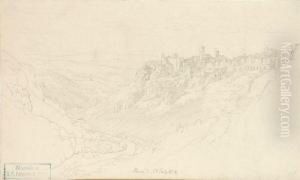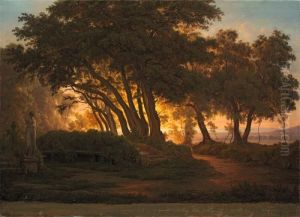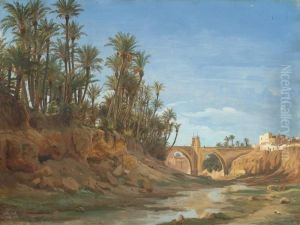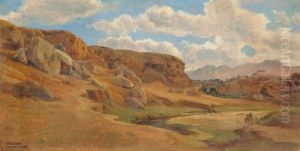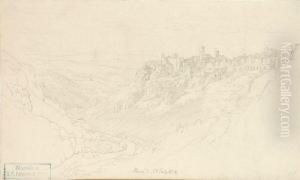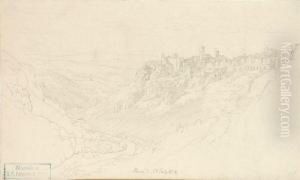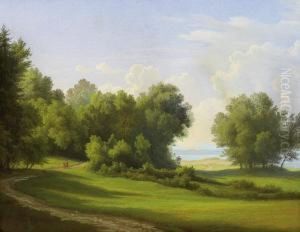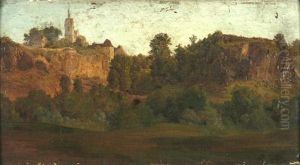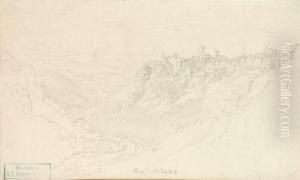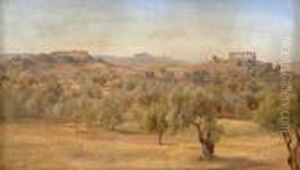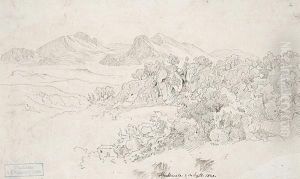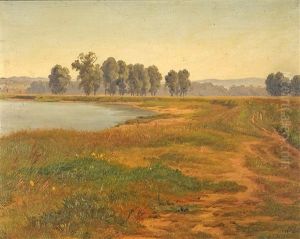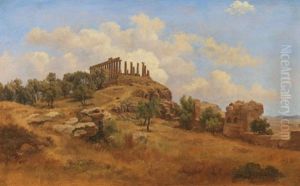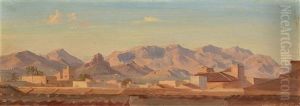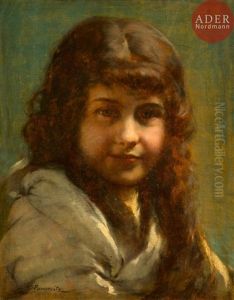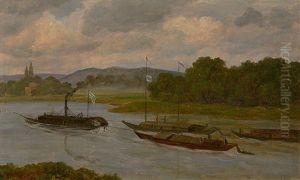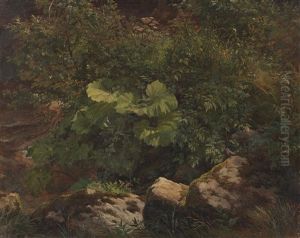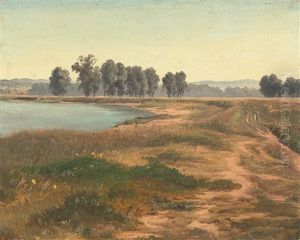Gustav Friedrich Papperitz Paintings
Gustav Friedrich Papperitz was a German artist and illustrator, born in 1846 in Dresden, Germany, and passed away in 1918. His life and career spanned a period of significant change in European art, witnessing the transition from traditional academic art to the early stages of modernism. Papperitz trained at the Dresden Academy of Fine Arts, a prestigious institution that nurtured many notable artists of the 19th century. Under the tutelage of experienced masters, he honed his skills in painting and illustration, mediums in which he would later excel and gain recognition.
His body of work is diverse, ranging from classical portraits to intricate illustrations that adorned the pages of books and periodicals of the time. Papperitz had a keen eye for detail and a profound ability to capture the essence of his subjects, traits that made his illustrations highly sought after by publishers. Throughout his career, he contributed to the visual culture of the period, adding depth and dimension to literary works through his illustrations, thereby enhancing the reader's experience.
In addition to his contributions to illustrated publications, Papperitz also engaged in painting, where his works often reflected the academic art traditions of the 19th century with a focus on historical and mythological themes. Despite the shifts in artistic trends towards Impressionism and then Expressionism during his lifetime, his work maintained a consistent adherence to the detailed and precise techniques characteristic of his training.
The political and social upheavals of late 19th and early 20th century Europe also influenced Papperitz's work, as they did for many artists of his time. However, he remained somewhat insulated from the most radical changes in art, focusing instead on perfecting his craft within the parameters of the styles and themes that were prevalent during his formative years.
Gustav Friedrich Papperitz's contribution to art, particularly in the realm of illustration, remains notable. His works capture the spirit of an era that stood on the cusp of modernity while retaining a connection to the classical tradition. Although not as widely recognized today as some of his contemporaries, his legacy lives on through his contributions to the illustrated literature of his time and his fine art, which continue to be appreciated by art historians and collectors alike.
